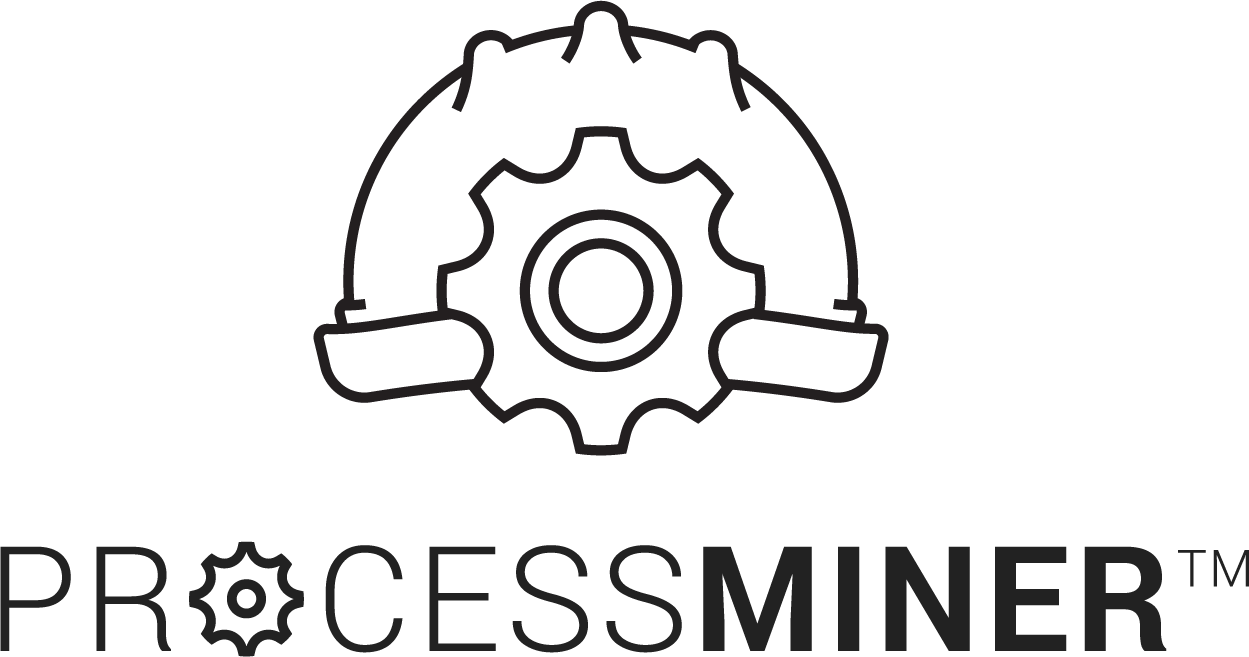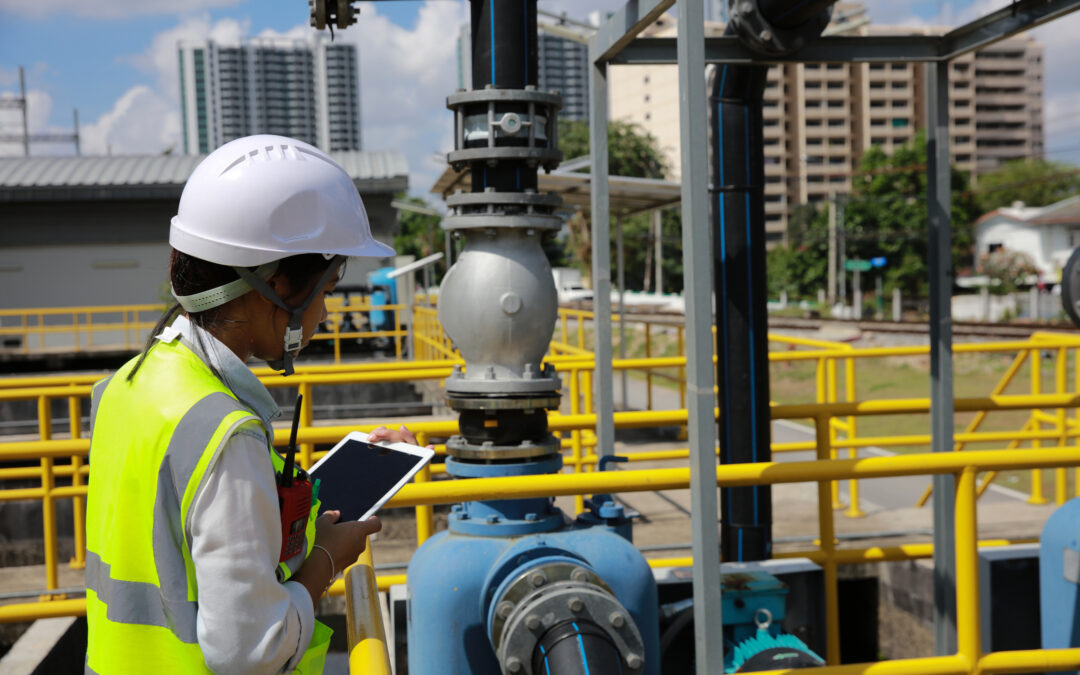The wastewater treatment sector is facing a significant regulatory shift. Stricter laws and regulations have increased the pressure on wastewater treatment plants to adapt and evolve.
Recent amendments in EPA guidelines focusing on nutrient removal have highlighted the urgency for wastewater treatment plants (WWTPs) to refine their processes and serve as a testament to that shift.
This landscape of tightening regulations, combined with traditional wastewater management challenges, makes it clear that innovation is key to achieving compliance and operational efficiency.
Factors Driving The Need for Innovation in Wastewater Treatment
The urgency for innovation in wastewater treatment has never been greater, driven by a confluence of critical factors:
- Rising Microplastics: The increase of microplastics in water sources is alarming. Studies have shown that conventional treatment processes often fail to fully remove these contaminants, posing a risk to both human health and the environment. This underscores the need for advanced wastewater treatment technologies for removing finer particles.
- Escalating Pollution Levels: Pollution in water bodies is escalating at an unprecedented rate. The World Health Organization reports that over 80% of the world’s wastewater is discharged without adequate treatment, leading to severe environmental and health impacts. Innovative treatment methods are crucial to address this escalating issue.
- Population Growth and Urbanization: The world’s population is expected to reach 9.7 billion by 2050, with a significant portion residing in urban areas. This demographic shift increases the strain on existing wastewater infrastructure, demanding more efficient and scalable treatment solutions.
- Financial Implications of Non-Compliance: The financial burden of failing to meet regulatory standards is substantial. For instance, in the United States, non-compliance with EPA regulations can result in fines of up to $25,000 per day. This highlights the economic imperative for WWTPs to adopt innovative, compliant technologies.
- Increasing Energy Demands: Wastewater treatment is energy-intensive, accounting for a significant portion of municipal energy use. Innovations aimed at reducing energy consumption can lead to substantial cost savings and environmental benefits.
- Global Focus on Sustainable Practices: There is a growing global emphasis on sustainable and eco-friendly practices. Adopting innovative wastewater treatment methods aligns with this trend and enhances a facility’s reputation for environmental stewardship.
These factors collectively emphasize the critical need for an advanced AI-driven approach to wastewater treatment. One particular area that has a transformative effect in enabling great compliance and sustainability is the sludge dewatering process.
Innovating Wastewater Treatment Starts with Sludge Dewatering
As sludge dewatering is one of the highest contributing costs to wastewater treatment, it represents an ideal place to integrate advanced technology with traditional processes. This crucial step, integral to the treatment cycle, is ripe for a technological overhaul.
Traditional reactive and manual methods often fall short in efficiency and compliance. Improvements in this area enhance the overall treatment process and play a pivotal role in meeting regulatory standards.
The integration of AI and Machine Learning emerges as a new path to enhanced precision in polymer dosing and greater efficiency in the sludge dewatering process. AI-driven solutions can significantly reduce costs and enhance compliance by optimizing polymer dosing. As an example, ProcessMiner’s advanced AI solutions for wastewater treatment are a practical example of this leap forward, offering a combination of operational efficiency and regulatory adherence previously unattainable.
By optimizing processes like polymer dosing and enhancing overall treatment efficiency, AI in wastewater treatment addresses these challenges and paves the way for sustainable, compliant, and cost-effective operations. To learn more about cost-efficiencies that can be obtained by optimizing the sludge dewatering process with AI, download our guide, “The High Costs of Inefficiency: Optimizing Wastewater Treatment.”

